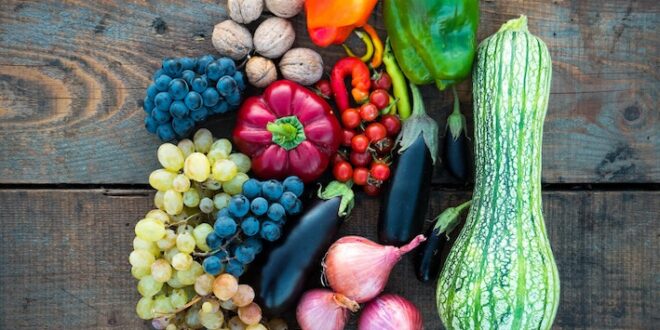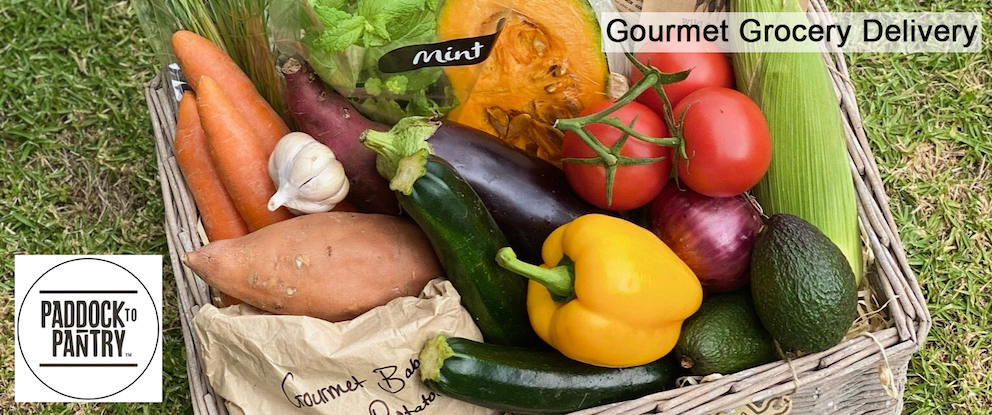Health advice comes and goes, but the focus on gut health looks here to stay. What we know about this seemingly ‘unromantic’ part of the body, is growing all the time. The gut (or ‘intestine’) health catchword is ‘microbiome,’ and it refers to a wide range of microorganisms inhabiting our intestinal tract. They include fungi, bacteria, and protozoa (single celled organisms), to name just a few. Although microorganisms can be found in various places in our body, the ones making headlines, and which are referred to as the ‘gut biome,’ hang out in a pocket of the large intestine – another name for the large bowel, where body waste is stored before we ‘head to the loo’ to excrete it.
The microorganisms in the gut biome are making the news because scientists have discovered, while some can cause disease, others play a really important role in keeping us healthy. Some of them are adept at breaking down fibre in the food we eat. While it’s long been known fibre helps keep us feeling full for longer, and can be helpful in preventing constipation, we now know, when it’s digested, and when it ferments in the gut, it also contributes important nutrients to the body.
Microorganisms also communicate with our immune systems, and can help fight infection. They may assist in the management of ailments such as Chrone’s disease, high cholesterol, and weight gain. It’s even thought they may be able to positively influence the health of the brain.
But here’s the really important take-home from recent gut research: it seems the more different kinds of helpful microbes we have in our gut biome, the better. And when it comes to ‘more,’ bear in mind approximately 300 to 1000 species of microorganisms have been found to inhabit the gut biome. So, if we want to build up a wide range of helpful gut microbes, how do we go about it? The simple answer (providing your medical professional approves of it), is to consume as many different types of edible plants as possible – which can be a fun challenge.
To start on the challenge, write down how many plants you have already consumed today, then try to build on it. When counting, don’t forget to include herbs and spices (such as the basil in the pesto you had on your crackers, and the pepper you had on your tomatoes). If you’ve had a cup of tea, the tea counts, too. So do the coffee beans used to make your cappuccino. If you had a serving of porridge for breakfast, you’ve chomped through a healthy portion of oats, and if you opted for toast for breakfast, you’ve probably enjoyed some wheat, and perhaps some rye or barley as well (see – it’s not that hard to include plants at every meal!).
In order to crank up your plant consumption, get a little inventive. Add a sprinkle of walnuts to your porridge, or a few spoons of berries to your yoghurt. When it comes to salads, the sky’s the limit – think grated apple, carrot, and beetroot, cubes of pumpkin and kūmara, and leftover rice. Your dressing can be plant-rich, too, when it includes mustard, lemon juice, tahini, garlic, and olive oil. Yes – you’re doing this!
To become even more ‘gut-friendly,’ swop a meat or fish dish for falafel or baked beans. Add vege stock to soup instead of meat stock, and chop in loads of delicious herbs such as parsley, dill, rosemary, and coriander.
Shake up your gut biome with smoothies containing a wide range of fruits and vegetables (if you’re unsure of the best combos, check the net for recipes, and don’t forget lemon juice, mint, or fresh pineapple melds flavours together in a simple but delicious way.
Increasing the range of edible plants in our diets isn’t hard. Unless medical advice suggests otherwise, enter yourself into a personal plant-based eating challenge, and pamper your gut health today!










Join the Discussion
Type out your comment here:
You must be logged in to post a comment.